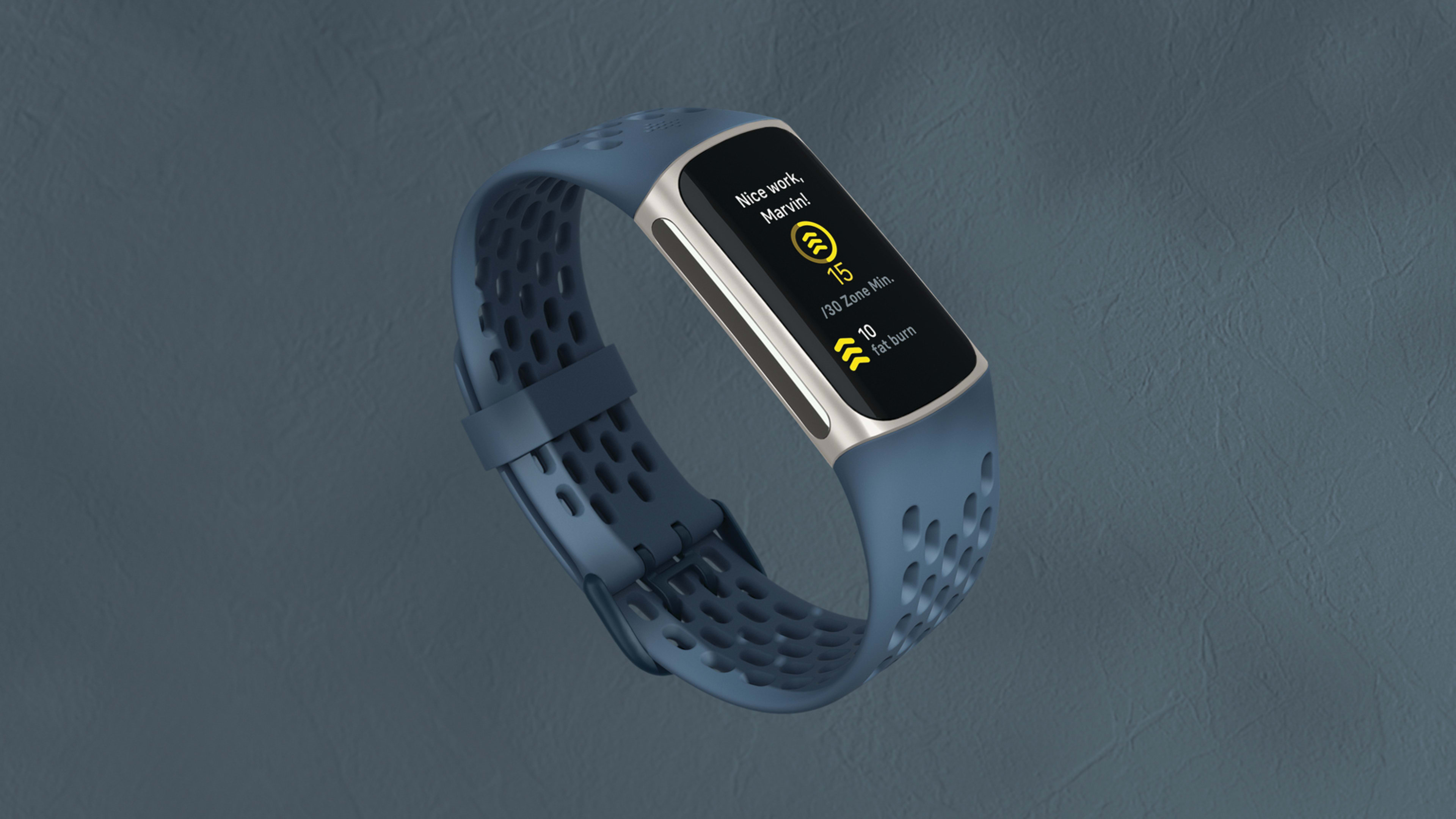On Wednesday, Fitbit unveiled its latest fitness wearable, the Charge 5. The upgraded device has a color screen and a series of new sensors including an electrocardiogram, which can detect atrial fibrillation, and an electrodermal response tracker, which detects stress through electrical signals in the skin. Both sensors debuted in the Fitbit Sense. Most notably, though, the Charge 5 adds a new metric to its health wearable: Daily Readiness. The scoring system and accompanying fitness recommendations emphasize recovery over working out.

“When it came to fitness features, we found that our users were looking for additional guidance,” says Laura McFarland, product marketing manager at Fitbit. “What are the best things I need to do for my body and when to do those specific [activities].” Daily Readiness Score will be available on Fitbit’s Sense, Versa 3, Versa 2, Luxe, and Inspire 2 devices along with the Charge 5.

On its own, TRIMP is good at determining whether a person is training too little or too much. But it does not account for how you behave off the gym floor. That is why Fitbit added more inputs. “[Heart rate variability] looks at onset of illness, nutritional factors, other strains that might be happening on your body—stress, and then also sleep, because sleep deficit can have an impact on your physiological preparedness to exercise as well,” McFarland explains. For example, if you’ve just finished a night of heavy drinking, it will show up in your heart rate variability while you sleep. The app will give users insight into why their score looks the way it does.
In addition to the score, the Fitbit app serves up a series of exercises. Even if you rate low on the spectrum of readiness, the app will recommend activities that may help you recover, such as active stretching. “We don’t want you to do nothing,” McFarland says. It will also give users a target “active zone,” or an amount of time that users should spend at their personal max heart rate.
On top of the Daily Readiness Score, The Charge 5 adds stress tracking through its electrodermal sensor. Fitbit apps will rate how stressed you are based on the change in conductivity in your skin. Premium subscribers will also get meditation practices from Calm, the first time that Fitbit and Calm are partnering. (Fitbit says it has nearly a million Premium subscribers.) The Charge 5 will also come with GPS tracking and estimated maximum oxygen intake, as well as workouts from Les Mills, Daily Burn, Obe, and Barre3—all of which are available on the previous generation of Charge.
[Animation: courtesy of Fitbit]With the added sensors, Charge 5, which is now available for preorder at $179, is fairly competitive with Fitbit’s own $250 Sense smartwatch. The main difference now between the two is that the Sense, in an effort to compete with the Apple Watch, can make phone calls and conduct other similar productivity-focused tasks. But Fitbit and Google, its new owner, are keen to compete more heavily with the Apple Watch, which has long dominated the wearables market.
Google completed its acquisition of Fitbit in January. Now many are anxiously awaiting the debut of promised Fibit devices running Google’s Wear OS software. In the meantime, The Charge 5 gives a glimpse of where Fitbit is heading.
Recognize your brand’s excellence by applying to this year’s Brands That Matter Awards before the early-rate deadline, May 3.



